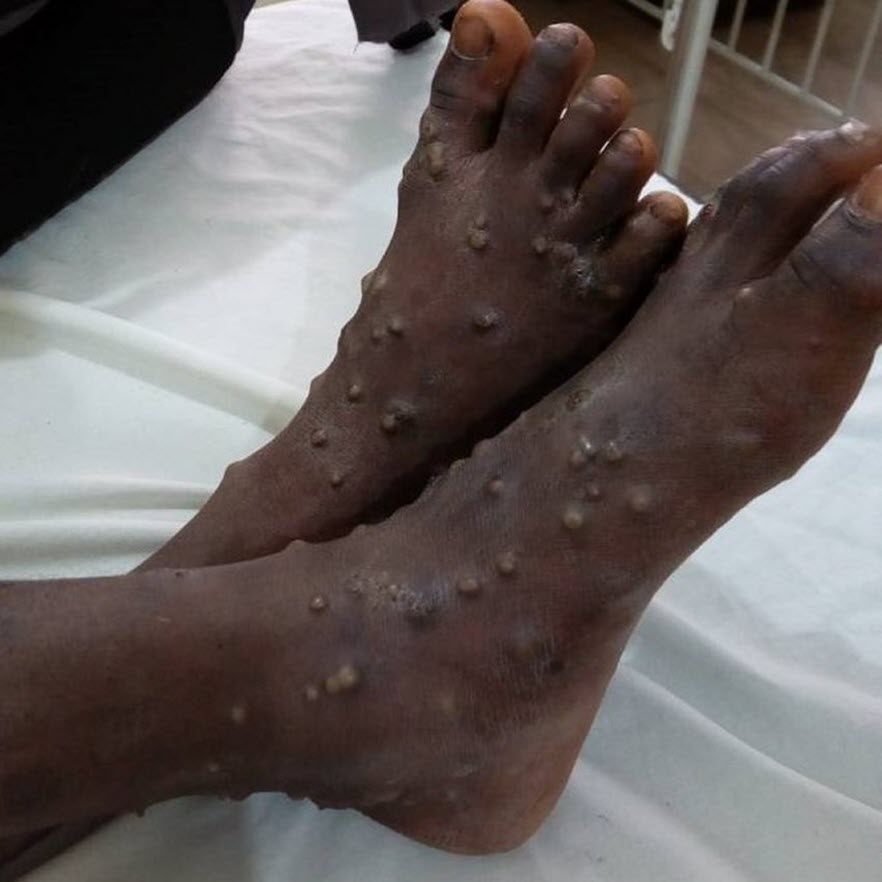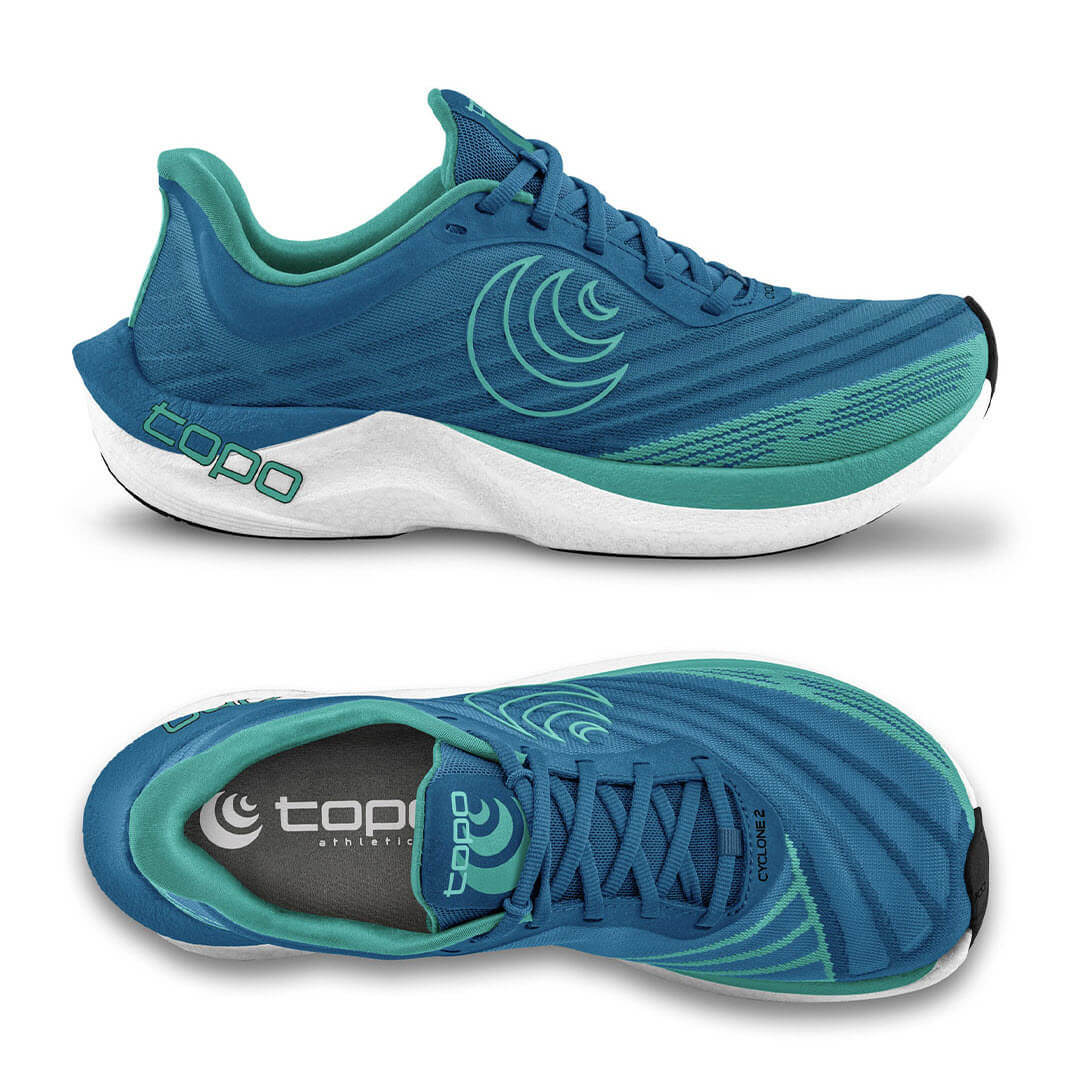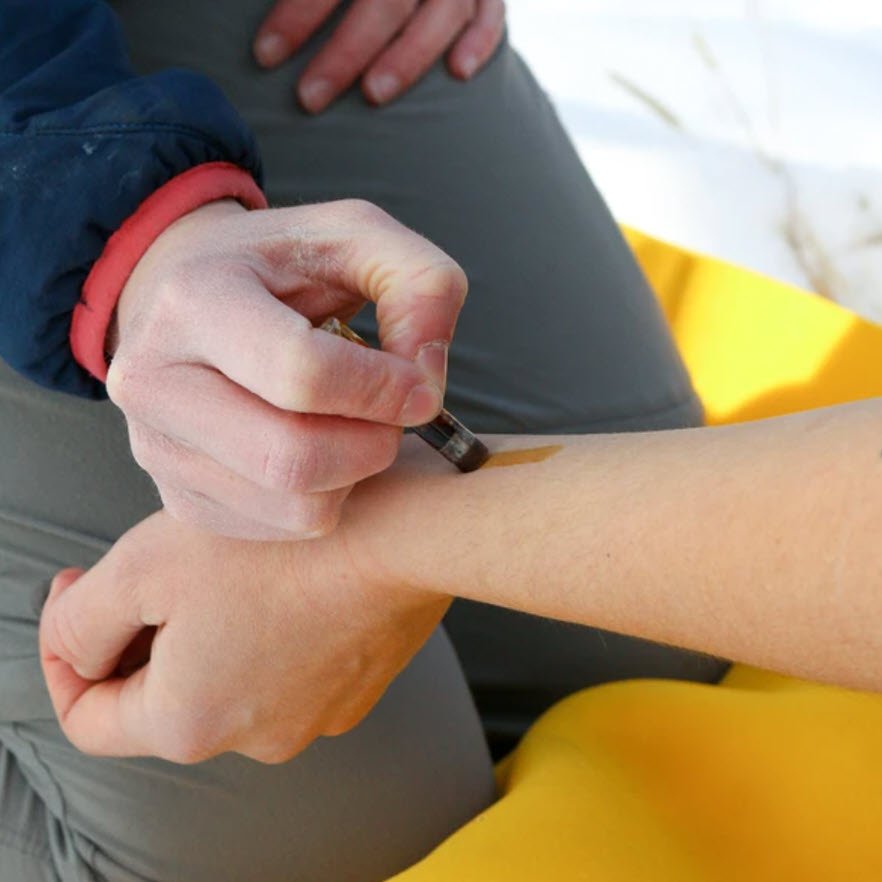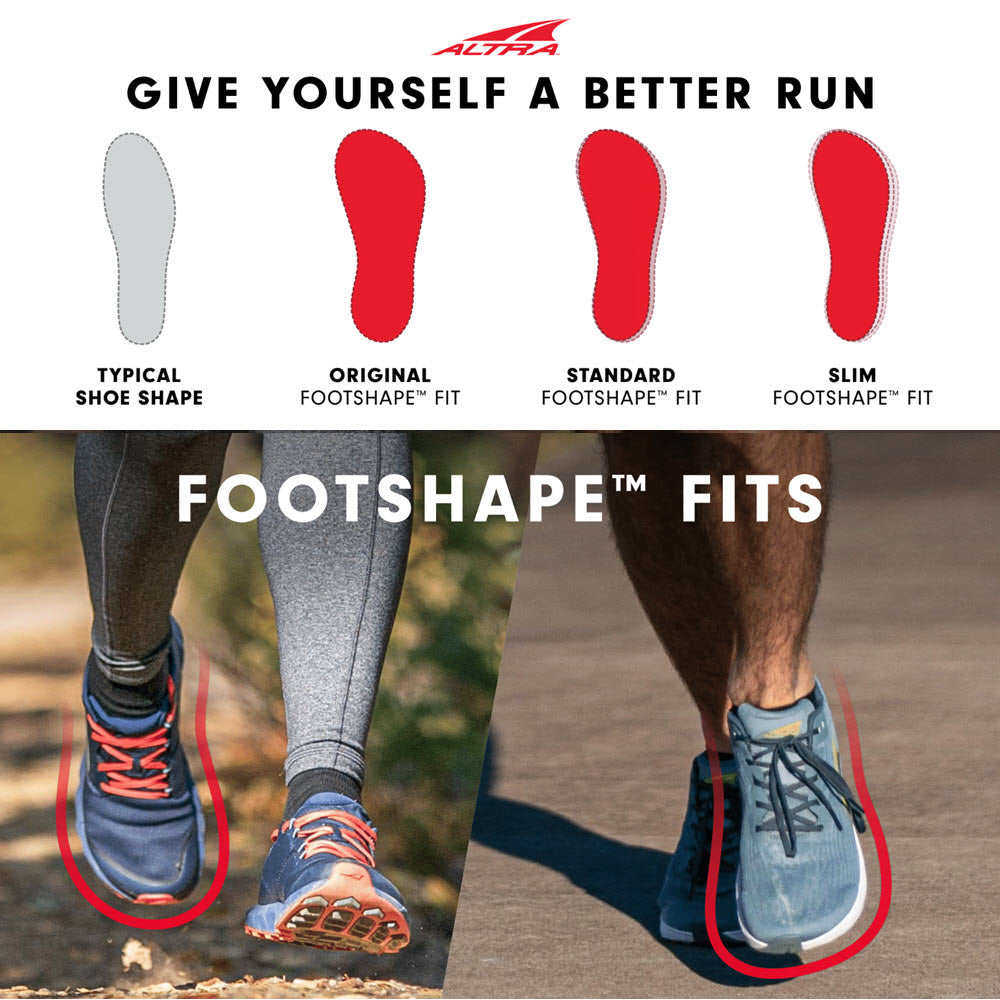On July 23rd, 2022, the World Health Organisation (WHO) declared Monkeypox as a global emergency after a surge in cases. The declaration of a global emergency means the outbreak requires a coordinated global response. There have been more than 16,000 reported cases in 74 countries since May 2022.
As of August 15th, 2024, The WHO has declared Mpox a public health emergency of international concern for the second time in two years, following an outbreak in the Democratic Republic of Congo, which has spread to surrounding countries in Africa.
Why Is It Called Monkeypox?
According to Wikipedia, monkeypox was first identified as a distinct illness in 1958 among laboratory monkeys in Copenhagen, Denmark. Pox indicates pus-filled lesions.
Monkeypox Signs & Symptoms
Monkeypox, now referred to as Mpox, is characterised by a rash of pus-filled blisters. The below summary references the following video from Dr John Campbell. Do watch the video to see photos of the rash and the progression of the blisters.
Other monkeypox videos by Dr John Campbell
Transmission
- Close contact with infected animal or human
- Respiratory droplets (breathing in an infected person’s exhaled air)
- Skin contact (touching the blister lesions or broken skin of an infected person)
- Bodily fluids and mucous membrane (for example, sexual contact)
- Contaminated surfaces (for example, clothing, towels, bed linen)
- From initial infection to just before the clinical signs are apparent
Incubation
Incubation is 6-13 days. This is how long it can take from the moment you are infected with the virus to the time its clinical features become apparent. Within this timeframe, before the clinical signs of the virus become apparent, swelling of the lymph glands (neck, armpit, groin) is common.
Acute illness
- Fever (>38.3 degrees Celsius / 101 degrees Fahrenheit)
- Chills
- Headache
- Back pain and muscle aches
- Weakness and tiredness
- Rash of pus-filled blisters anywhere on the body
What Are Monkeypox Blisters?
The rash begins 1-5 days after the symptomatic onset of the acute illness and resembles that seen in chickenpox.
- Often begins on the face or where the transmission took place
- Then spreads elsewhere on the body
- Can include the palms of hands and soles of feet
- Can be itchy or painful
- The blisters start as raised spots which get bigger as they become pus-filled. They burst and the skin dries out and flakes off. Monkey pox blisters may leave a scar.
[This explanation is general in nature and should not constitute definitive diagnostic advice. Please contact your doctor or hospital.]
Preventative Measures
- Avoid contact with anyone who has Mpox, particularly:
- Direct contact with Mpox blisters, particularly if they are weepy
- Breathing the exhaled air of infected persons
- Sexual contact with anyone infected
- If physical distancing is difficult, consider:
- Hand hygiene
- Wearing a mask
- Using a condom during sex
Anyone known or suspected to have Monkeypox should isolate to prevent the spread to others.
Monkeypox Treatment
Mpox is usually mild and most people recover within a few weeks without treatment. However, it is important that you seek medical advice to determine if treatment is required. Antivirals and vaccines can be provided after infection.
Get in touch with your recent close contacts to alert them to your infection, as they may consider their own potential infection status. Also, infectious diseases authorities must be notified of your specific case so the spread of Mpox can be monitored – your doctor will do this, which is why it’s important to seek medical advice. Self-isolate to curb the risk of cross infection to your family and community.
Monkeypox Blisters versus Friction Blisters
Monkeypox blisters can occur on the feet, though they mainly occur around the face or at the site of direct contact, at least at first. Distinguishing between Monkeypox blisters and friction blisters should be quite straightforward. The differentiating features include:
- Friction blisters usually occur in isolation. Monkeypox blisters are usually part of a wider-spread rash of blisters.
- Monkey pox blisters are often small, similar to pimples (but not always). Friction blisters are generally larger than pimples.
- Monkeypox blisters are usually pus-filled. Friction blisters contain clear blister fluid, unless they are subsequently infected.
- Monkeypox is usually accompanied with fever, swollen lymph nodes, headache, and muscle aches and weakness. Friction blisters occur without systemic symptoms, unless they are infected and that infection is spreading.
- Friction blisters usually occur during/immediately after (within 2 hours) an increase in activity level (eg: walking, running) or a recognised change in footwear (eg: new shoes, tight shoes).
- Friction blisters tend to occur at areas of high pressure, such as weight bearing areas, around the toes and the heel. Mpox blisters can also occur in these places, but they will also be present in areas rarely affected by friction.
What To Do If You Suspect You Might Have Monkeypox
Contact your doctor or local hospital. Tell them you think you might have monkeypox so they can arrange the appropriate urgent testing and medical attention. Until that medical attention is organised, stay at home and isolate from others. If you're a health professional, advise your patient on the same.
References and More Information
- World Health Organisation
- Australian Government, Department of Health and Aged Care
- New South Wales Health
- National Health Service
- Centers for Disease Control and Prevention
- Wikipedia
- ABC News






